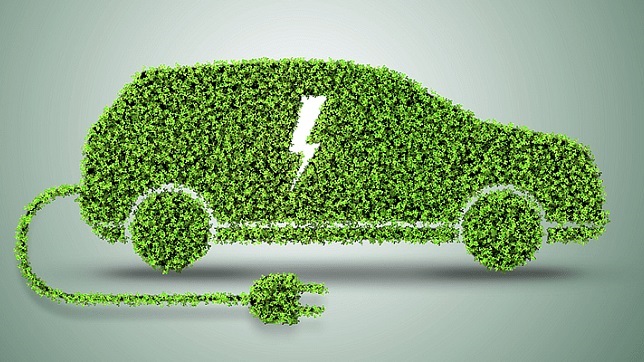How can the Telematics Industry Spur the Electric Vehicular Revolution?

Why choose EVs?
Lower Carbon Footprints:
- As opposed to internal combustion engines (ICE), electric drive vehicles employ electric motors for propulsion. Hence, making electronically powered cars extremely pertinent to all discussions of global sustainability.
- In the wake of climate change and the ongoing energy crisis, EVs reduce human reliability on fossil fuels and non-renewable sources of energy. When compared to gas-powered cars, EVs emit zero localized emissions—meaning no more charry smog discharge from car exhaust pipes!
Affordability and Feasibility:
- EVs are easy on your wallets too! A study conducted by the Transport Research Institute of the University of Michigan conclusively reports EV operating costs to be half as much as gas-powered cars.
- Besides, the rapid and widespread development of charging infrastructure and replaceable batteries has eliminated EV transportation anxiety.
- Supercharging stations facilitate charging up to 200 miles in less than 15 mins–so you never get stuck! ( https://www.tesla.com/supercharger)
Efficiency
- EVs convert 77% of electric energy while an ICE converts only 12-13%. Hence, EVs are four times more energy-efficient than gas cars. (https://www.fueleconomy.gov/feg/evtech.shtml#:~:text=EVs%20have%20several%20advantages%20over,to%20power%20at%20the%20wheels. )
- EVs are quieter, drive smoother, and have a stronger acceleration than ICEs. EVs have greater torque and can accelerate from 0 to 60 mph in less than a second.
- Unlike ICEs, electric cars deploy regenerative braking that recovers energy—that would otherwise get lost. EVs retract Kinetic energy produced by the forward motions of the car and utilize it for braking.
- Also, regenerative braking takes a lesser toll on brake shoes and wheel tires. Hence, consequently lowering your vehicular maintenance costs.
How can the Telematics industry help?
Unquestionably, the EV era poses a new set of challenges, and resolving them is quintessential. The telematics industry needs to do the spadework and rapidly adapt to this foreseeable change. Developers of satellite monitoring platforms need solutions that incorporate the EV characteristics and metrics. Real-time data and analytics insights will be valued like never before, and the world is counting on the telematics industry to make this happen!
Energy Metrics and the State of Charge
With EVs, fleet owners will no longer have to worry about fuel theft. Hence, making fuel monitoring and fuel sensors obsolete. However, EV’s battery life and the state of charge raise a cause of concern. Every EV user needs to know how long can their EV be on the road before they need recharging. Real-time data can supplement users’ understanding of charge levels and help them resolve charging issues proactively.
Battery Life
Besides, it is crucial to understand charging processes and monitor potential mistakes. EV batteries can cost a fortune, so owners would want to reduce their maintenance and replacement costs. To lengthen battery life, one must prevent over-charging or battery drainage. For instance, it is tempting to overuse the fast charging mode or use counterfeit charging accessories. Such actions may seem cost-effective but can adversely affect an EV’s battery life. Hence, there is an excessive demand for solutions that maximize battery utility and improve its functionality.
The Telematics Industry should brace itself for swiftly changing modes of transportation. The future of transportation belongs to Electric Vehicles, and that future is here!
Author:

Tushar Bhagat
Director
Uffizio India Software Pvt Ltd
Published in Telematics Wire





